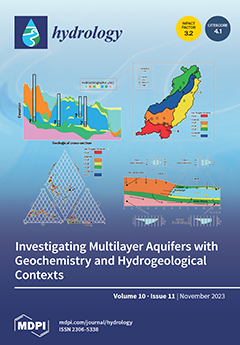Open AccessPerspective
Sea-Level Rise in Pakistan: Recommendations for Strengthening Evidence-Based Coastal Decision-Making
by
Jennifer H. Weeks, Syeda Nadra Ahmed, Joseph D. Daron, Benjamin J. Harrison, Peter Hogarth, Tariq Ibrahim, Asif Inam, Arshi Khan, Faisal Ahmed Khan, Tariq Masood Ali Khan, Ghulam Rasul, Nadia Rehman, Akhlaque A. Qureshi and Sardar Sarfaraz
Cited by 5 | Viewed by 7197
Abstract
Pakistan is vulnerable to a range of climate hazards, including sea-level rise. The Indus Delta region, situated in the coastal Sindh province, is particularly at risk of sea-level rise due to low-lying land and fragile ecosystems. In this article, expertise is drawn together
[...] Read more.
Pakistan is vulnerable to a range of climate hazards, including sea-level rise. The Indus Delta region, situated in the coastal Sindh province, is particularly at risk of sea-level rise due to low-lying land and fragile ecosystems. In this article, expertise is drawn together from the newly established Pakistan Sea-Level Working Group, consisting of policy experts, scientists, and practitioners, to provide recommendations for future research, investment, and coastal risk management. An assessment of the current scientific understanding of sea-level change and coastal climate risks in Pakistan highlights an urgent need to improve the availability and access to sea-level data and other coastal measurements. In addition, reflecting on the policy environment and the enablers needed to facilitate effective responses to future sea-level change, recommendations are made to integrate coastal climate services into the National Adaptation Plan and develop a National Framework for Climate Services. Such a framework, alongside collaboration, co-production, and capacity development, could help support required improvements in coastal observations and monitoring and continuously deliver useful, usable, and accessible sea-level information for use by practitioners and decision-makers.
Full article
►▼
Show Figures





